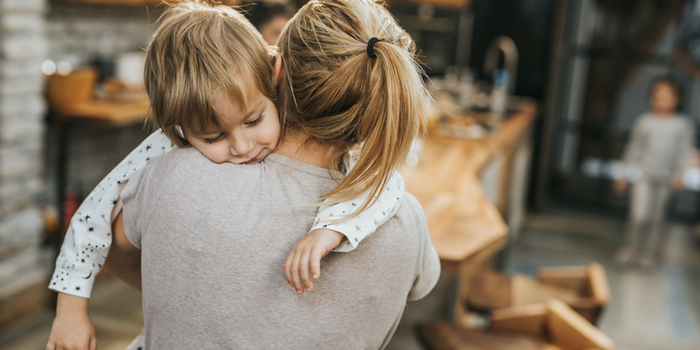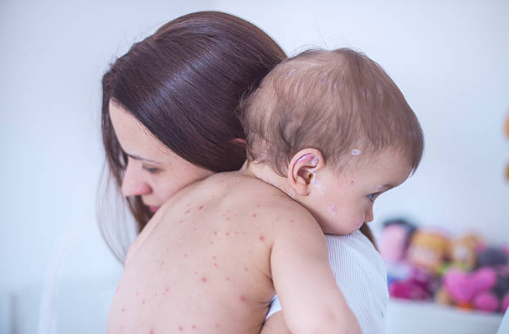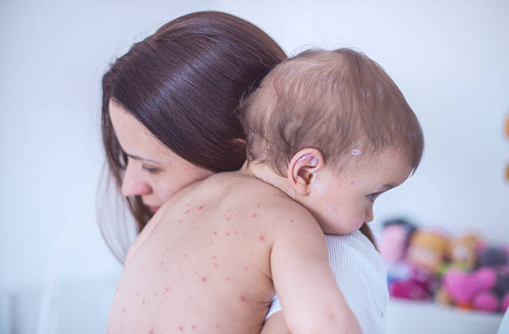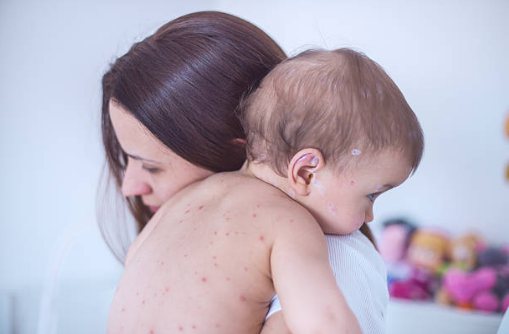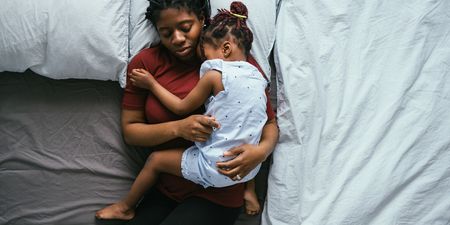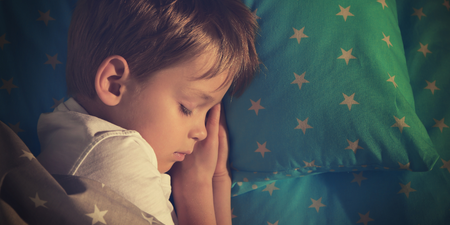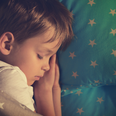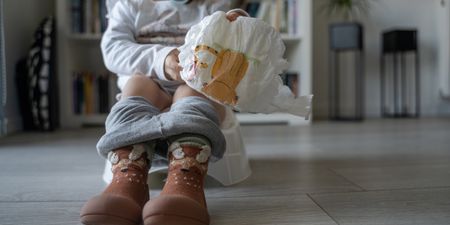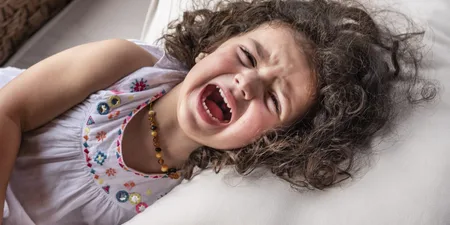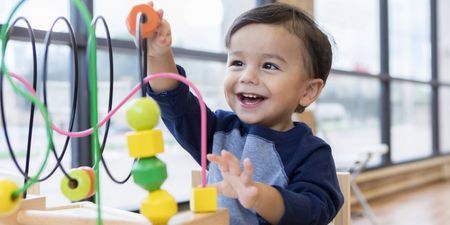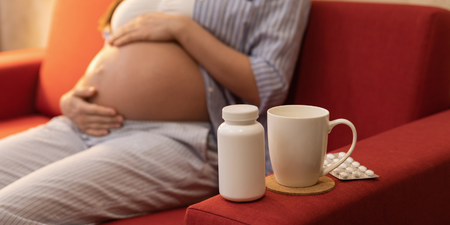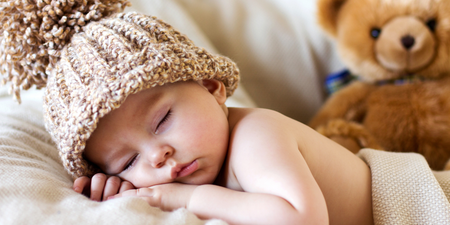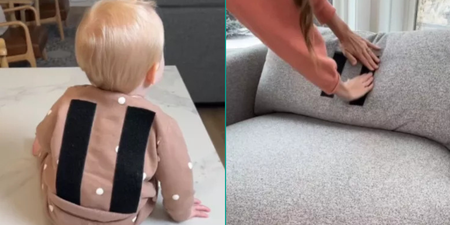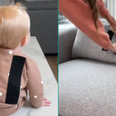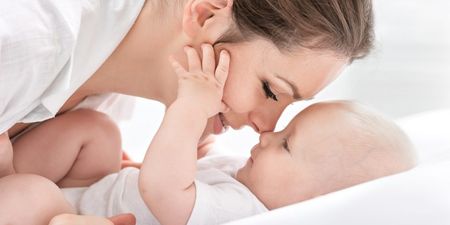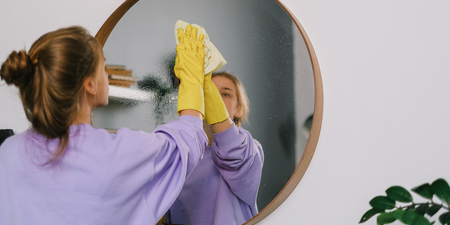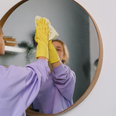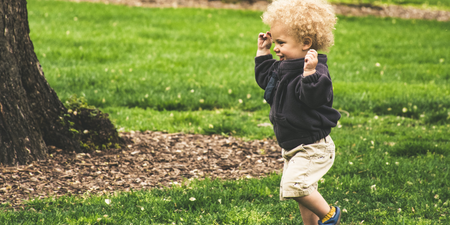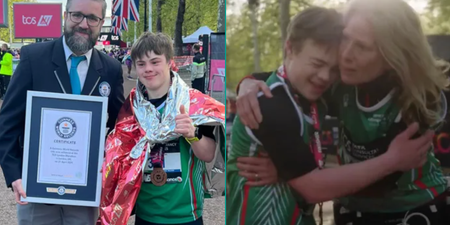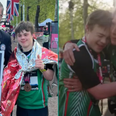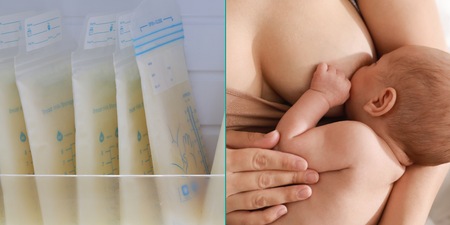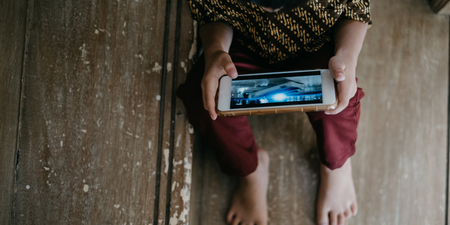We are big into bedtime routines in our house.
Bath, snuggles, books, then it’s time to sleep.
Except, my little boy has developed this little habit of waiting until I get up (I always snuggle with them until they fall asleep – or so I think!) and then follow me back into the kitchen (or living room or wherever) for an extra hug and then I have to lift him back into bed. Funnily enough, this is just that – once we have done our little hug-and-carry-back thing, he happily lies down and goes to sleep.
I never really thought much of this – I mean; don’t plenty of kids get back out of bed once they are in it? But then I read this new research on how this habit could actually be playing havoc with the overall quality of his sleep – and so now I think I need to try and knock his little night-wandering on the head.
The problem? Light.
According to recent studies, the light children get exposed when they come out of their darkened bedrooms into the more brightly lit hallway – or rest of house – is the problem, as this then suppresses the sleep-inducing hormone melatonin.
Children’s’ eyes let in more light than adults’ eyes do, apparently because they have clearer lenses and larger pupils, and so even a small bit of extra light can cause problems. The light/melatonin interaction means they are more likely to wake again or stay awake for even longer, and research has shown that it can take hours for kids’ messed-with melatonin levels to creep back up to a sleep-promoting level.
Dr Monique LeBourgeois, an associate professor of integrative physiology at the University of Colorado recently spoke to The New York Times about the phenomenon, and explained that children whose melatonin response has been dampened may look “tired and wired.”
“The kids are tired, but the clock is not sending the signals to the pineal in a way that would facilitate sleep.”
And so really, to help promote better and deeper sleep, we need to think about the lighting in our homes, she explains.
Keep lights low all over your home once the kids have gone to bed, even in hallways and the bathroom, in case one of them wakes up needing to use the loo. The dimmer the light, the better, as it is only really bright lights that interact negatively with your child’s body chemistry.
In fact, an even better idea to promote the production of melatonin might be to dim the lights all over the house the hour before bedtime rolls around, to make sure everyone is feeling sleepy and ready for bed.
